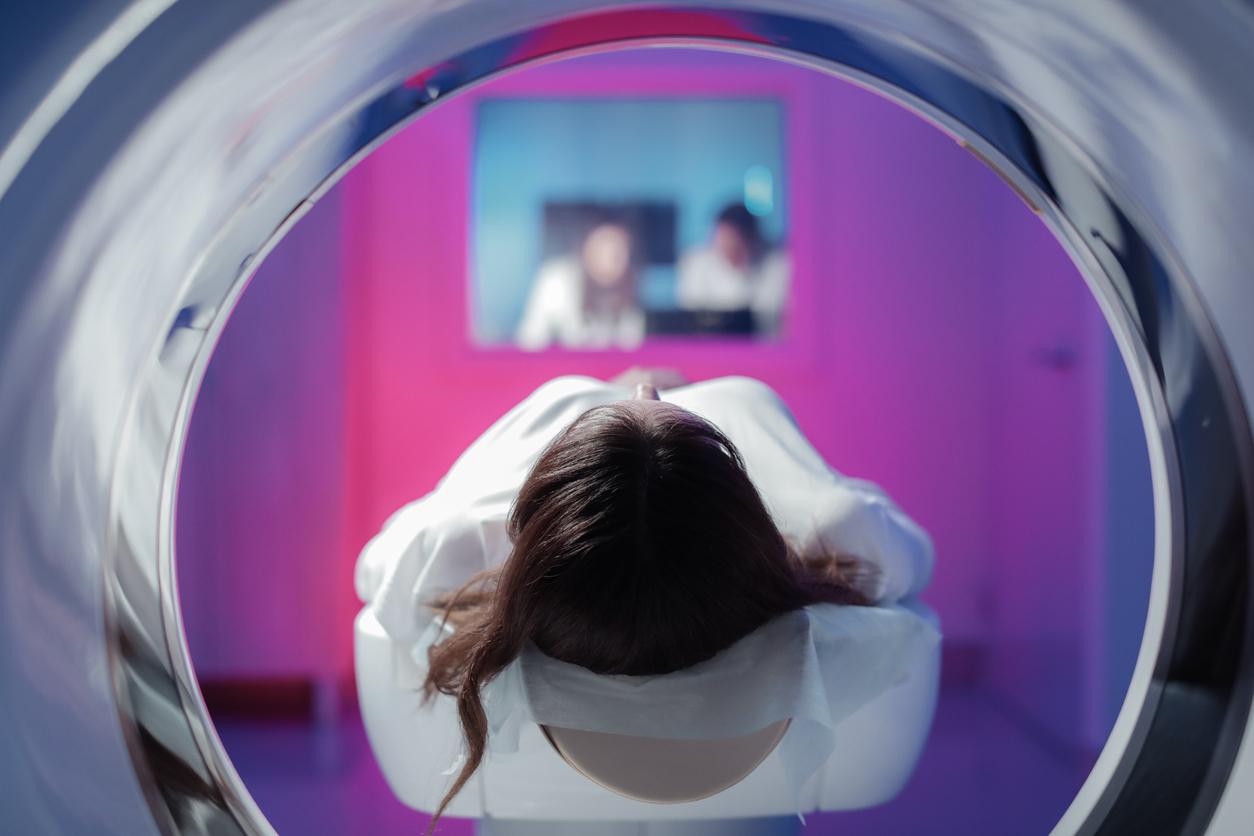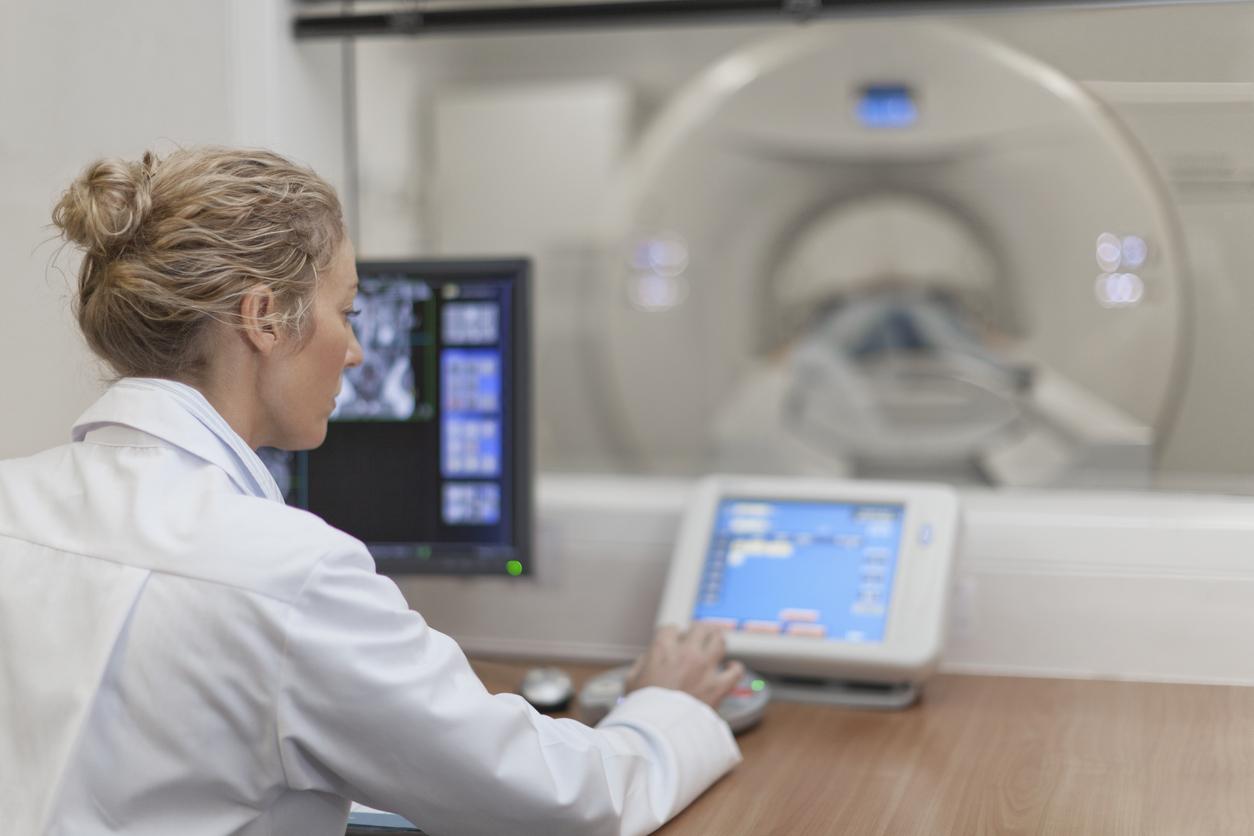Medical imaging and its most widely known tool, MRI, are increasingly used to make a diagnosis. The specific features of this technique make it possible to obtain an image of very high precision. In addition, it is a medical imaging test that does not expose the patient to radiation, unlike a CT scan. MRI can therefore be repeated without risk, since the body is not irradiated and radioactive products are not injected.
However, some image definition problems sometimes persist, when looking for certain cancers for example. This is why the researchers looked at the use of nanoparticles of silicon dioxide, the main component of sand, regularly used in nanotechnology, to improve image quality.
Silicon is a chemical element with many privileges for medicine. Indeed, it is at the same time degradable without any danger for the body, it is very well accepted by the human organism and finally, it has a detectable luminescence in the image.
How it works
A mixture of hot water and silicon nanoparticles with polarizing product is injected via a long tube into the patient’s body already placed in the medical imaging system. The radiologists then carry out two MRI scans, one without and one with the hyperpolarizing product. By comparing the two images, it becomes possible to observe the distribution of this marker in the patient’s body. Depending on the medical context, this may indicate an illness.
For now, the technique is at the research stage. But the team of international researchers working on the subject hopes that this protocol will be adopted in the near future.
















